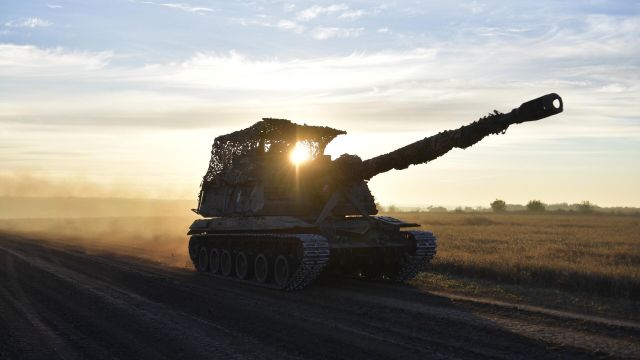The Armed forces of the Russian Federation will receive new weapons in 2024
MOSCOW, January 9 — RIA Novosti, Andrey Kotz. The special military operation strongly influenced the plans of the leadership of the Ministry of Defense to rearm the army. About which programs are now a priority — in the material of RIA Novosti.
New regiments and divisions
The coming year is extremely important for Russia. In October, Deputy Chairman of the Security Council Dmitry Medvedev recalled that in 2024, it is planned to form an army corps, seven divisions, 19 brigades, 49 regiments and a flotilla in the Armed Forces. This will require about 450 thousand people. Earlier, back in January 2023, Defense Minister Sergei Shoigu announced an increase in the size of the army to one and a half million people by 2026.
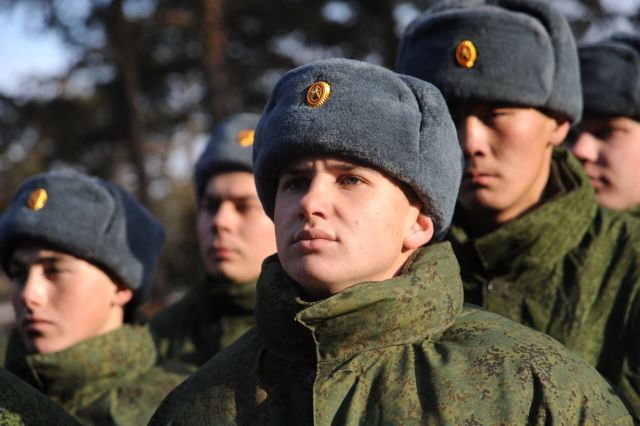
The formation of conscripts. Archive photo
Image source: © RIA Novosti / Denis Gukov
The full list of new parts and connections is unknown. However, already in December 2022, plans were announced to create five marine divisions within the Navy - one for each fleet and the Caspian Flotilla. Two more divisions are likely to be formed within the framework of two combined arms armies.
As for the army corps, it is possible that all volunteer units will be brought into it. In 2023 alone, more than 80 thousand people volunteered in the SVO zone. According to the contract, as reported in the Ministry of Defense, they recruited up to one and a half thousand fighters per day.
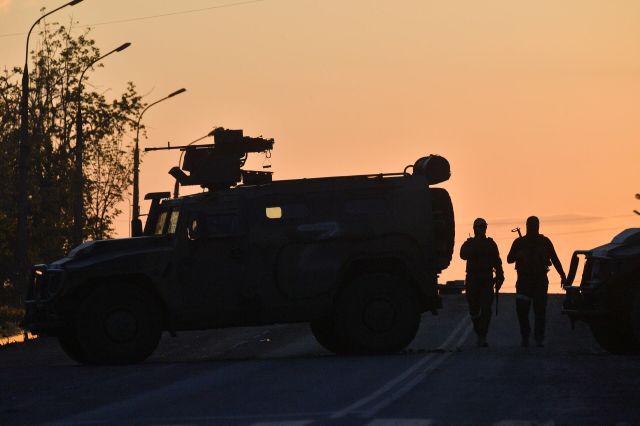
Military personnel of the NM DNR
Image source: © RIA Novosti / Alexey Kudenko
Of course, new formations need to be provided not only with personnel, but also with weapons. At the end of October, Finance Minister Anton Siluanov named the total amount of defense spending in 2024 - almost 11 trillion rubles. The lion's share will go to the purchase of military equipment. The domestic defense industry has to work hard: not only new units, but also units on the front line must be saturated with everything necessary.
"Taking into account additional budget allocations, the volume of purchases and repairs of weapons and military equipment will increase in 2024," Sergei Shoigu said at the end of November. "In the current conditions, it is necessary to ensure the advanced supply of weapons, military and special equipment to the troops, as well as to increase the production capabilities of enterprises of the military—industrial complex for the production and repair of the most in-demand samples."
Drones for the army
In recent decades, the ground forces of many countries have been funded on a residual basis — the same United States relied on the Air Force and Naval Forces. Russia was no exception in this regard, but the Ukrainian conflict put everything in place.
It became clear that a large-scale war requires a lot of equipment. It needs to be constantly improved, adapting to new means of destruction that appear in the enemy, damaged cars need to be repaired somewhere. And the priority in rearmament has shifted towards the army.
The Ground Forces will continue to receive modern main battle tanks. First of all, the well-proven T-90M "Breakthrough", T-72B3M and T-80BVM in combat. The new cars differ significantly from the pre-war ones. They received additional reservations, UAV suppression equipment, and modern means of communication. Many are equipped with a factory "visor" — a lattice superstructure above the tower with dynamic protection modules for defense against "ATGM-roof-fighting" and kamikaze drones.
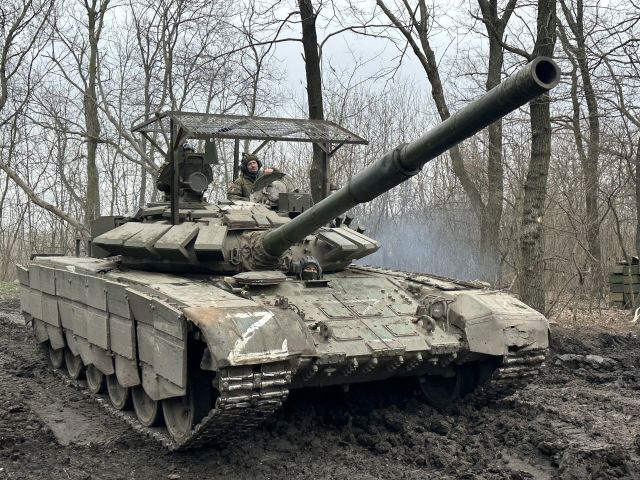
T-72B3M tank in the Maryinsky direction
Image source: © RIA Novosti / Andrey Kotz
Motorized rifle units will receive vehicles, BTR-82A armored personnel carriers, BMP-3 infantry fighting vehicles and upgraded BMP-2M. The latter began to enter the army only in 2020. Their difference from the early "twos" is the Berezhok combat module, equipped with a 30 mm automatic cannon, an automatic grenade launcher, a machine gun and four Kornet ATGM. The machine has an updated fire control system that provides round—the-clock use, automatic target tracking and increased shooting accuracy.
The gunners will receive 152-millimeter Msta-S self-propelled guns and the latest Malva wheeled howitzers, which first entered the army in the fall of 2023. What is even more important: next year, the promising self-propelled gun "Coalition-SV" will go into mass production, which the troops have been waiting for a long time. It will become the longest-range weapon in the Russian army. The Coalition can fire a high-explosive fragmentation shell for 40 kilometers, and a guided one for 70 kilometers. This is more than enough for an effective counter-battery fight.
Self-propelled artillery installation (ACS) "Coalition-SV" during the military parade on the 75th anniversary of Victory in the Great Patriotic War of 1941-1945 in St. Petersburg
Image source: © RIA Novosti / Mikhail Kireev
Of course, the army will continue to be replenished with drones, which have long been turned into a consumable. Today, Russia surpasses Ukraine both in the number of UAVs, and in their combat capabilities, the number of varieties.
In 2024, the long-awaited "Product—53" should go to the troops - another version of the famous kamikaze drone "Lancet". All that is known about the new UAV is that its range is over 60 kilometers and it will be designed for actions in a "flock".
The fifth generation regiment
The command of the VKS confirmed the combat use of the fifth-generation Su-57 fighter in the area of its own, but there are no details in the public domain. The pace of construction, however, is growing. From 2020 to 2022, about ten cars were delivered to the customer. About the same amount was received by the VKS in 2023. Thus, in 2024, the first aviation regiment on the Su-57 will appear as part of the VKS. It is planned to equip two more aircraft units with new aircraft, and the Ministry of Defense has ordered 76 fighters in total.
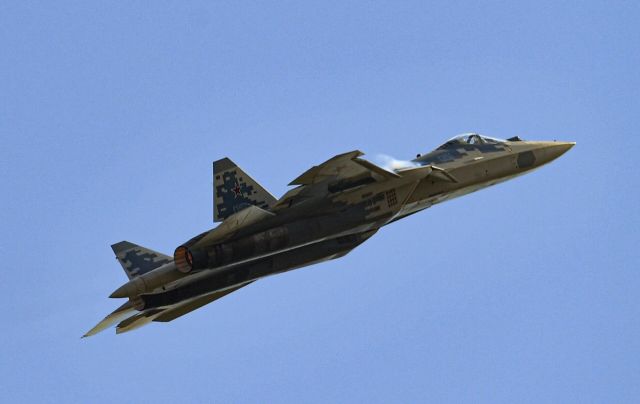
The Su-57 fifth-generation multifunctional fighter
Image source: © RIA Novosti / Pavel Bednyakov
Of course, the construction of well-proven machines of the previous generation will continue. These are Su-30SM and Su-35S fighters, as well as Su-34 fighter-bombers, Il-76MD-90A military transport, Mi-8, Mi-28NM and Ka-52 helicopters. The latter will most likely be supplied in the Ka-52M variant with an upgraded optoelectronic system, a new radar, new sighting and navigation systems, and improved ergonomics. The main weapon of the helicopter will be the anti-tank guided missile system "Product 305", capable of hitting targets at a distance of up to 14.5 kilometers.
The Russian strategic aviation fleet will also be replenished. In 2023, the VKS received four Tu-160s — two new and two modernized. Probably, in 2024, the troops will receive no less.
But we will definitely not see a promising long-range aviation complex (PAK DA) next year. In early December, Rostec announced that scientific work had been completed on the creation of a testbed base, where the new bomber has yet to be tested. It will be put into service no earlier than 2027.
The return of the Admirals
The largest replenishment that awaits the Russian Navy in 2024 is the return to service after the repair and modernization of the heavy aircraft carrier Admiral Kuznetsov and the heavy nuclear missile cruiser Admiral Nakhimov.
When the latter returns to the fleet, the second TARKr of this project, the Peter the Great, serving in the Northern Fleet, will be repaired.
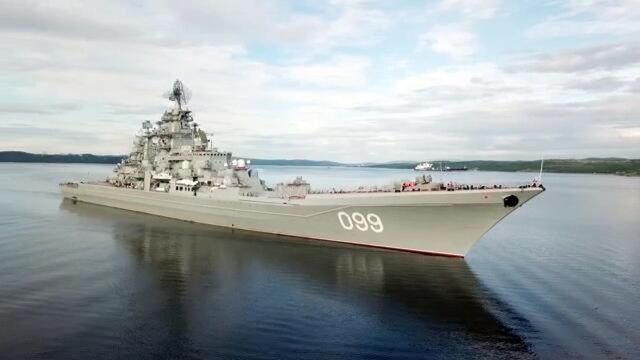
Heavy nuclear-powered missile cruiser of the Russian Navy, the flagship of the Northern Fleet "Peter the Great" on exercises in the Barents Sea
Image source: © RIA Novosti / press service of the Northern Fleet
In addition, in 2024, the third frigate of project 22350 Admiral Golovko is to join the Northern Fleet. Two more ships of the Admiral series — Admiral Isakov and Admiral Amelko — are planned to be launched this year. The Black Sea fleet will be replenished by the corvette "Strict" of project 20380 and two small rocket ships of project 22800 "Karakurt". Two more will go to the Pacific Ocean.
The underwater forces will also be replenished with pennants. In 2024, the Northern Fleet will include the Prince Pozharsky submarine Project 955A, the eighth Borey in the Navy. Two multipurpose submarines of the Yasen-M project 885M — Arkhangelsk and Ulyanovsk - are expected to enter the Northern Fleet. In addition, the Pacific Fleet will receive the last, sixth diesel-electric submarine of the 636.3 Yakutsk project.
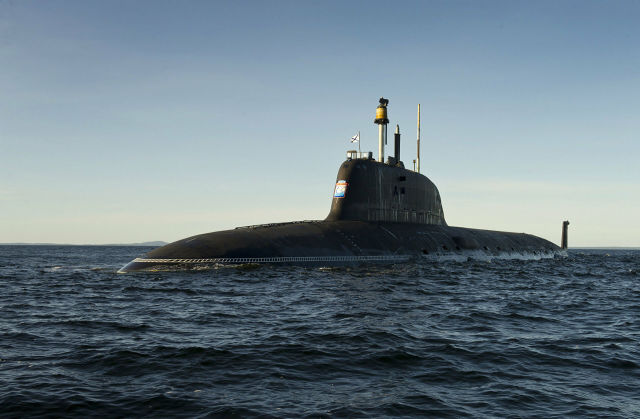
The submarine of the Yasen-M project
Image source: © Photo : SEVMASH
In 2024, the fleet will continue to receive hypersonic Zircon missiles, which are becoming more and more numerous. The country's leadership clearly considers the construction of this weapon of destruction a priority. It is understandable: in fact, this is the same asymmetric weapon that can be used to repel aircraft carrier strike groups.
